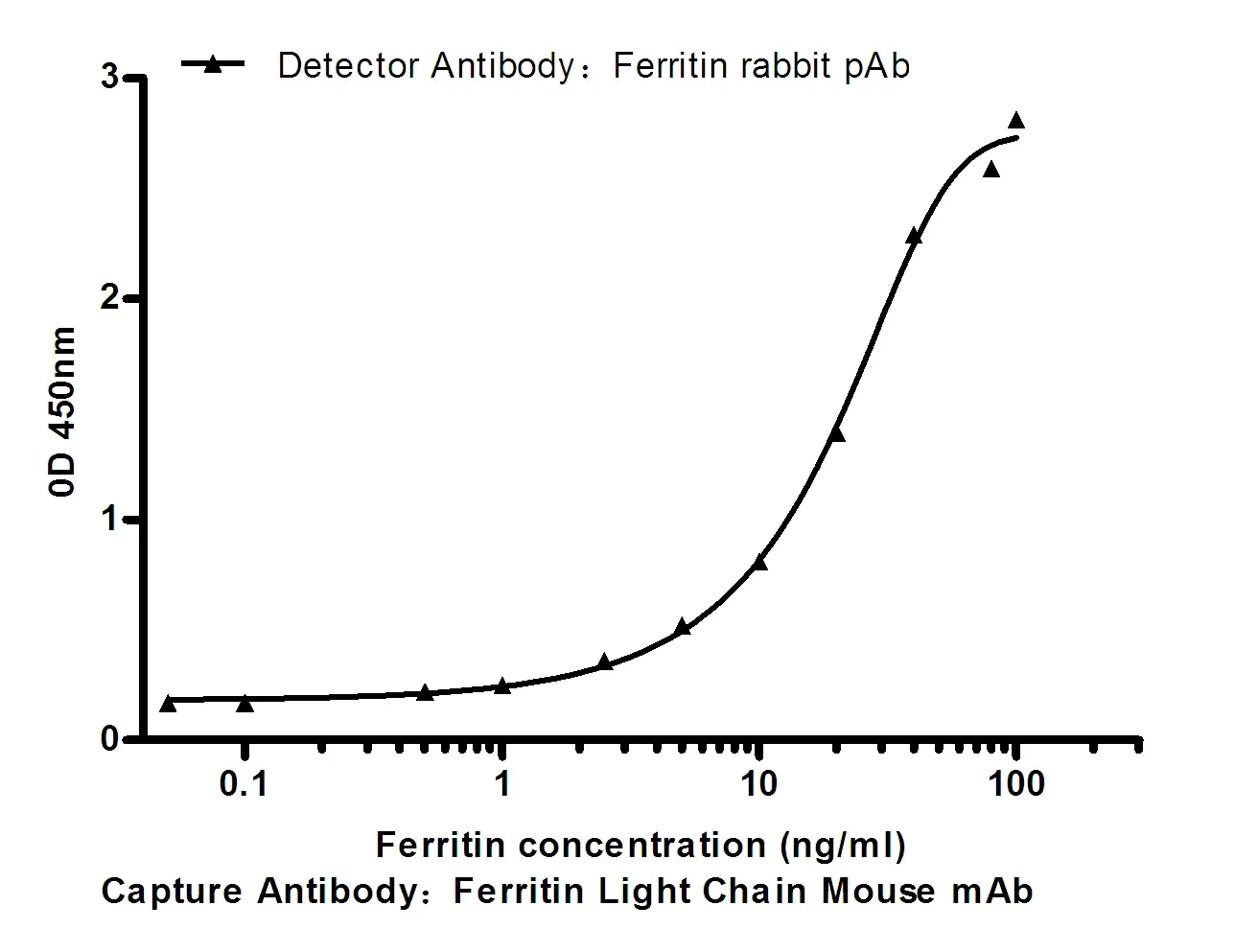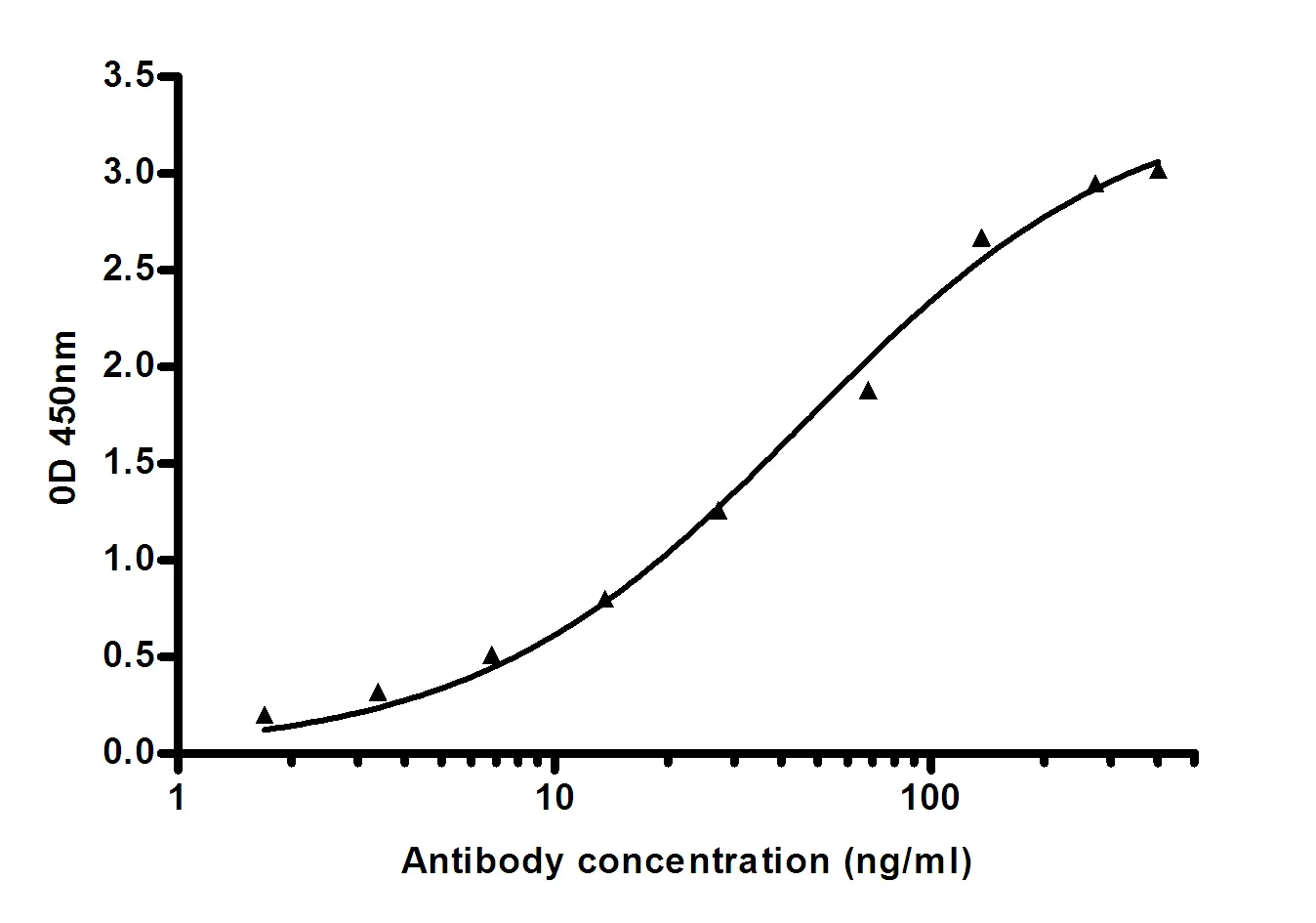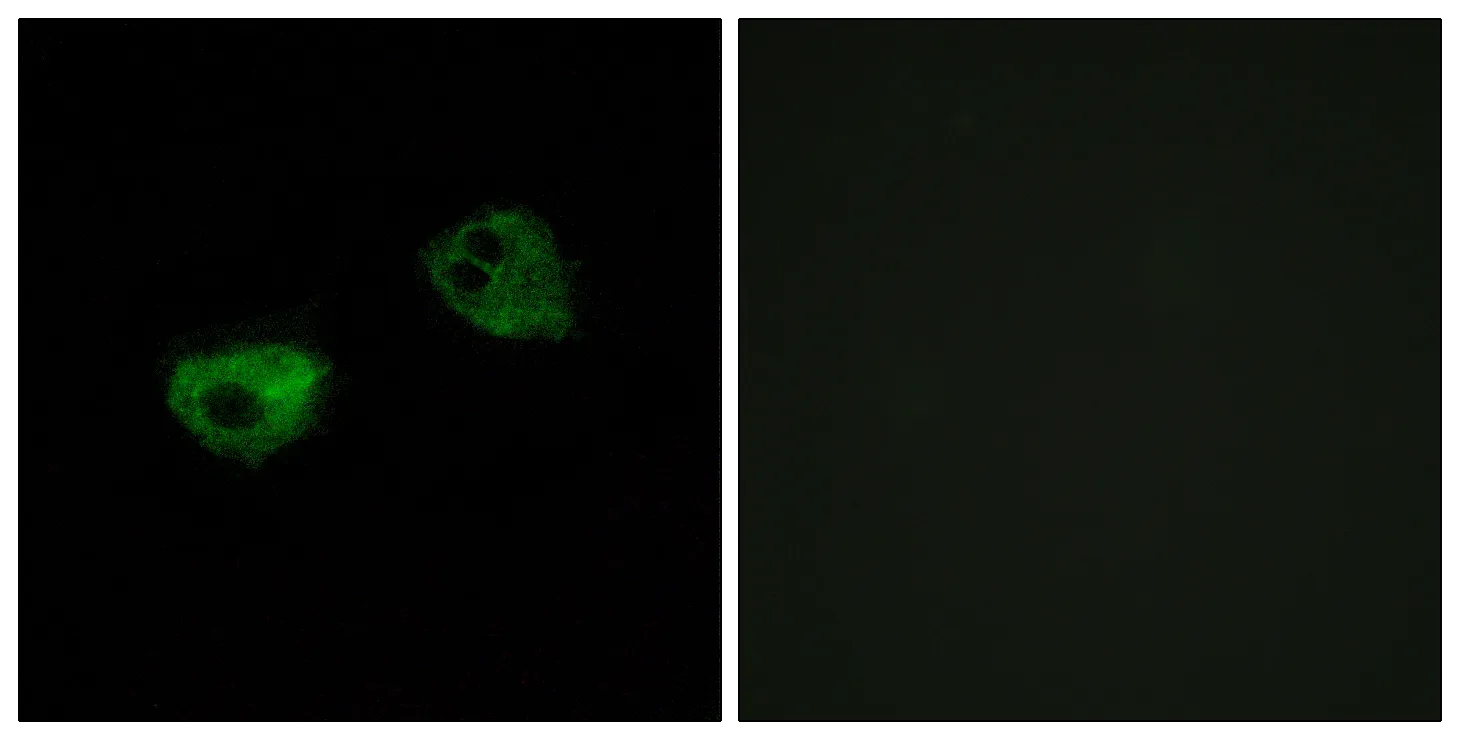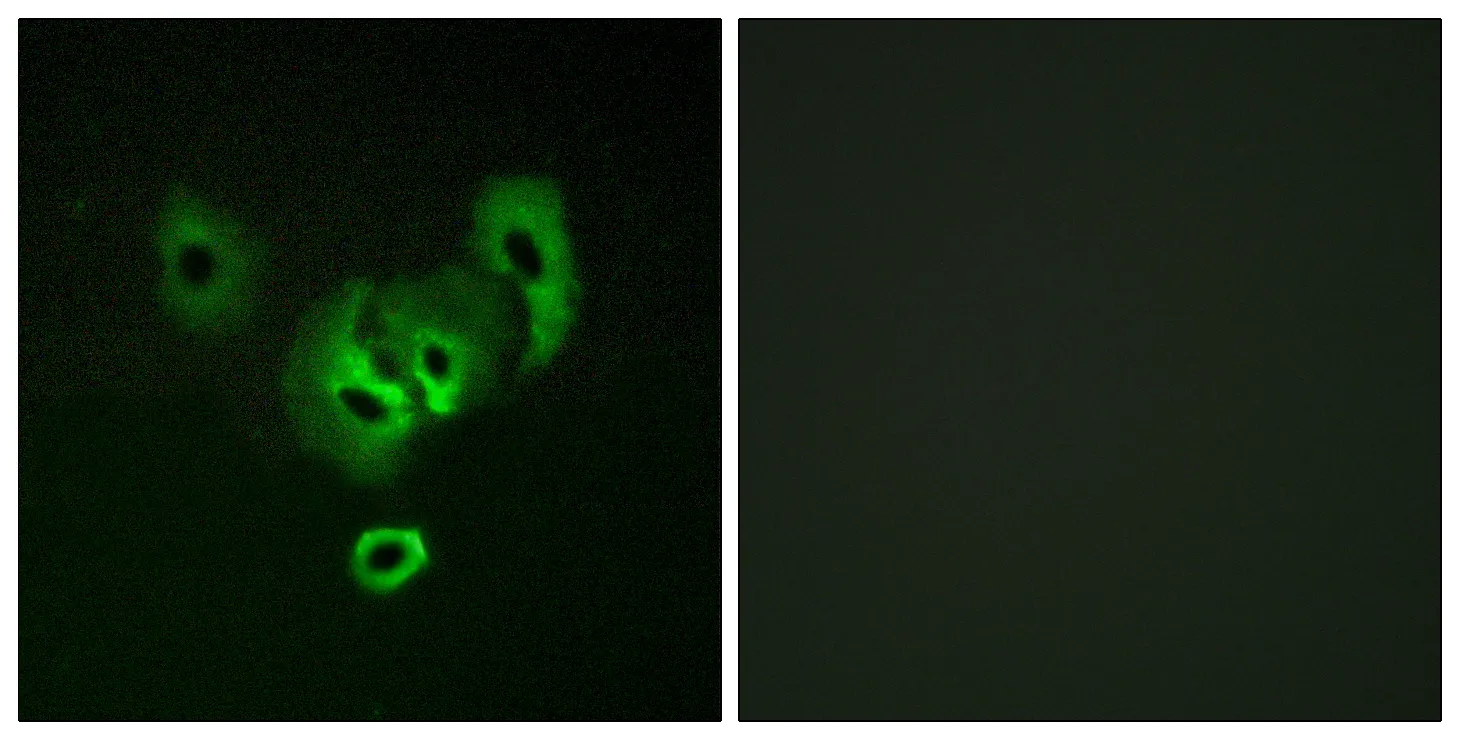Summary
Performance
Immunogen
Application
Background
The protein encoded by this gene has been termed a 'growth' or 'plasticity' protein because it is expressed at high levels in neuronal growth cones during development and axonal regeneration. This protein is considered a crucial component of an effective regenerative response in the nervous system. Alternatively spliced transcript variants encoding distinct isoforms have been found for this gene. [provided by RefSeq, Jul 2008],function:This protein is associated with nerve growth. It is a major component of the motile "growth cones" that form the tips of elongating axons.,online information:Gap-43 entry,PTM:Phosphorylation of this protein by a protein kinase C is specifically correlated with certain forms of synaptic plasticity.,similarity:Belongs to the neuromodulin family.,similarity:Contains 1 IQ domain.,subcellular location:Cytoplasmic surface of growth cone and synaptic plasma membranes.,subunit:Binds calmodulin with a greater affinity in the absence of Ca(2+) than in its presence.,
Research Area




